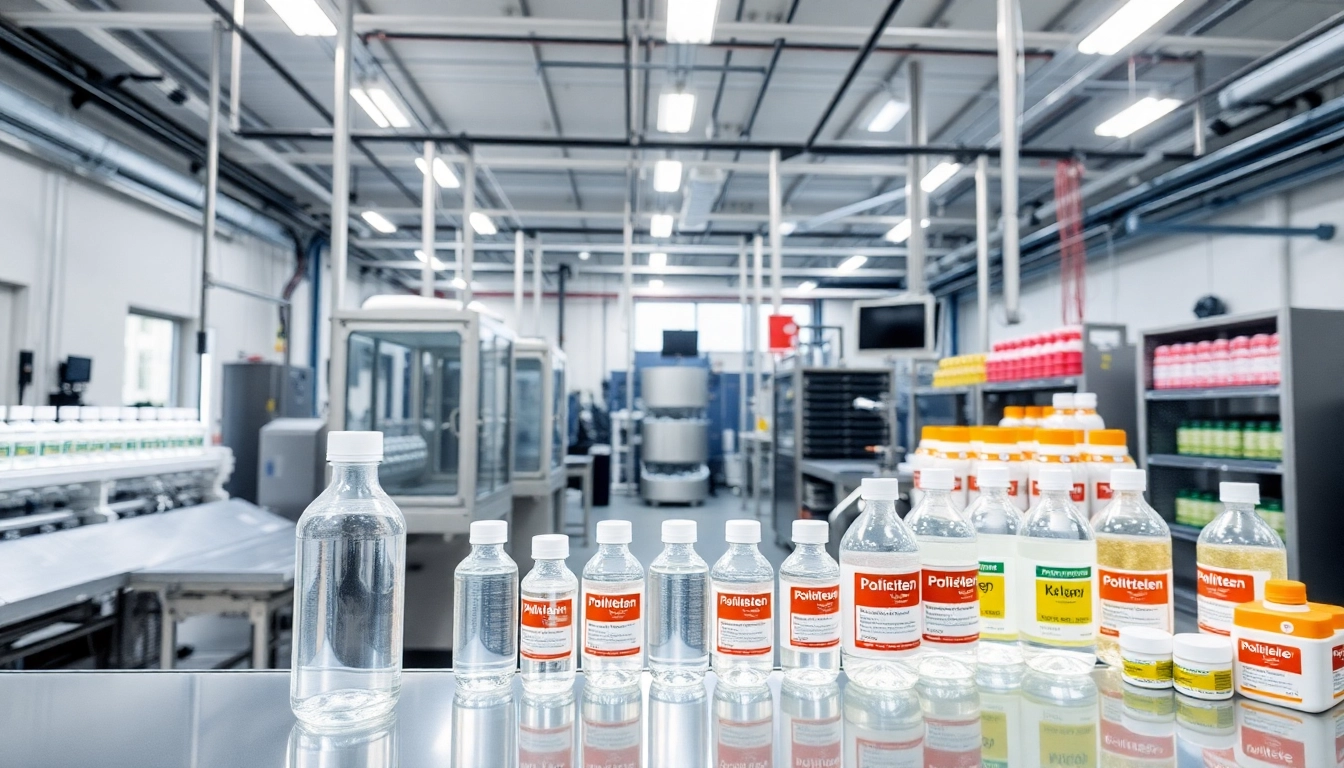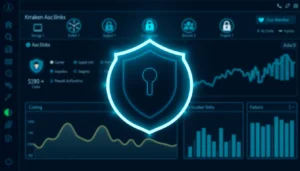Introduction to Polyethylene Bottles and Industry Applications
Polyethylene bottles, commonly referred to as polietilen şişe, have become an integral part of the packaging industry worldwide. Their widespread use stems from their versatility, durability, and cost-effectiveness. These plastic bottles are employed across various sectors such as cosmetics, food and beverage, chemicals, pharmaceuticals, and even industrial applications. Understanding the fundamental characteristics and expanding the knowledge about manufacturing processes, advantages, and supplier selection can significantly enhance your packaging strategies. This comprehensive guide aims to dissect every aspect of polyethylene bottles, offering practical insights to manufacturers, marketers, and end-users alike.
Understanding the Basics of Polyethylene Bottles
Polyethylene bottles are made from a thermoplastic polymer known as polyethylene (PE), which is one of the most commonly used plastics globally. Polyethylene exists in several types, but the most prevalent for bottles are high-density polyethylene (HDPE) and low-density polyethylene (LDPE). These materials exhibit excellent chemical resistance, mechanical strength, and flexibility, making them suitable for a wide range of applications.
Polyethylene bottles are typically manufactured using blow molding techniques which allow for the creation of lightweight, robust, and transparent containers. The manufacturing process involves heating polyethylene pellets until they melt, then blowing air into the molten plastic to form the shape of the bottle. Their adaptability makes them ideal for packaging liquids such as oils, chemicals, and beverages.
Key Uses Across Different Sectors
Food and Beverage Industry
Polyethylene bottles are favored for beverage packaging, including water, soft drinks, and juices, primarily due to their transparency and chemical stability. They are also used for edible oils, vinegars, and sauces. The convenience of lightweight and impact resistance makes them preferred for retail and bulk packaging.
Chemical and Industrial Applications
In the chemical sector, polyethylene bottles hold cleaning agents, detergents, and industrial chemicals. Their resistance to corrosion and ability to withstand harsh chemicals are critical factors. Industrial-grade polyethylene bottles often feature reinforced structures to manage higher internal pressures or aggressive substances.
Pharmaceutical and Cosmetic Sectors
For pharmaceuticals and cosmetics, transparent polyethylene bottles allow easy product display and inspection. They are used for lotions, shampoos, and medicinal liquids, with additional features like tamper-evident caps and spray nozzles for consumer convenience.
Market Trends and Customer Preferences
The market for polyethylene bottles is witnessing rapid growth driven by increasing demand for eco-friendly and reusable packaging solutions. Suppliers are innovating with biodegradable polyethylene variants and designing bottles that optimize space and reduce material consumption.
Customer preferences now prioritize sustainability, with many consumers favoring brands that utilize recyclable packaging. Additionally, customization options such as various sizes, labeling, and tamper-evident features are becoming standard to meet diverse branding and functional requirements.
Advantages of Using Polyethylene Bottles in Packaging
Durability and Chemical Resistance
Polyethylene bottles are resilient against impact, reducing breakage risks during transportation and handling. Their chemical resistance makes them ideal for storing a wide range of substances without degradation or contamination, enhancing product safety and longevity.
Lightweight and Cost-Effective Benefits
The lightweight nature of polyethylene bottles significantly reduces shipping costs and logistical expenses. Their low manufacturing costs, combined with ease of production, enable brands to offer affordable packaging solutions without compromising on quality.
Environmental Impact and Recycling Opportunities
Polyethylene is highly recyclable, with most types qualifying for standardized recycling streams. Responsible recycling practices can minimize environmental footprint. Innovations in recyclable polyethylene, such as bio-based variants, are aligning industry practices with sustainability goals.
Manufacturing Processes of Polyethylene Bottles
Raw Material Selection and Quality Standards
The primary raw materials are high-quality polyethylene pellets that comply with international standards such as ISO and ASTM. Quality assurance involves tests for density, melt flow index, and purity to ensure consistency and safety. Suppliers must adhere to regulations that specify the food-grade or chemical-grade properties as required.
Production Techniques and Machinery
The two main production methods are extrusion blow molding and injection blow molding. These techniques utilize high-precision machinery to produce bottles with uniform wall thickness and tight dimensional tolerances. Modern factories integrate automation systems for enhanced efficiency and quality control.
Quality Assurance and Testing Methods
Before distribution, polyethylene bottles undergo rigorous testing including tensile strength, impact resistance, barrier properties, and leak-proof performance. Certifications from recognized bodies ensure standards compliance, which is crucial for both domestic and export markets.
How to Choose the Right Polyethylene Bottle Supplier
Factors to Consider: Price, Quality, and Delivery
Selecting a reliable supplier involves assessing their product quality, pricing competitiveness, and delivery performance. Long-term partnerships depend on transparent communication, flexible order quantities, and prompt responsiveness. Quality control certifications such as ISO 9001 and ISO 22000 are indicators of dependable standards.
Certifications and Industry Standards
Approved suppliers should meet global standards for material safety, environmental responsibility, and manufacturing procedures. Certifications like FDA compliance for food-grade bottles and SGS testing enhance credibility and ensure regulatory adherence.
Building Long-Term B2B Partnerships
Establishing strategic collaborations with suppliers ensures consistent supply, customization options, and mutual growth. Regular communication, feedback sessions, and joint development initiatives foster trust and competitiveness in a dynamic marketplace.
Implementation Tips for Optimizing Your Packaging Strategy
Designing Custom Sizes and Labels
Customizable polyethylene bottles can be tailored to fit specific product requirements, branding, and compliance needs. Designing ergonomic shapes, unique colors, and personalized labels enhances shelf appeal and brand recognition. Working closely with manufacturers ensures manufacturability and compliance with labeling regulations.
Integrating Polyethylene Bottles into Your Supply Chain
Efficient logistics involve synchronized inventory management and reliable transportation channels. Modular packaging solutions and stacking designs optimize storage and minimize handling costs. Incorporating RFID or barcode tracking improves stock control and reduces errors.
Monitoring Performance and Customer Feedback
Post-implementation, continuous monitoring of packaging performance—including drop tests, chemical resistance, and consumer feedback—helps identify improvement areas. Data-driven adjustments can lead to enhanced product safety and customer satisfaction over time.



